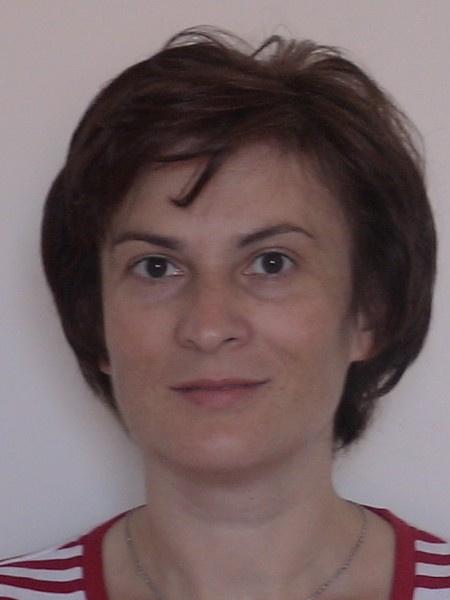abstract
The structure and properties of diphenylalanine (FF) peptide nanotubes (PNT) based on phenylalanine were investigated by various molecular modeling methods. The main approach employed semi-empirical quantum-chemical methods (PM3 and AM1). Ab initio, density functional theory methods and molecular mechanical approaches were also used. Both model structures and structures extracted from experimental crystallographic databases obtained by X-ray methods were examined. A comparison of optimized model structures and structures obtained by natural self-assembly revealed important differences depending on chirality: d and l. In both the cases, the effect of chirality on the results of self-assembly of FF PNT was established: PNT based on the d-FF has large condensation energy E-0 in the transverse direction, and form thicker and shorter PNT bundles than those based on l-FF. A topological difference was established: model PNT were optimized into structures consisting of rings, while naturally self-assembled PNT consisted of helical turns. The latter nanotubes differed from the original l-FF and d-FF and formed helix structures of different chirality signs in accordance with the alternation rule of chirality due to macromolecule hierarchy. A topological transition between ring and helix turn PNT structures is discussed: self-assembled natural helix structures are favorable and their energy is lower by a value of the order of one to several eV.
keywords
X-RAY CRYSTALLOGRAPHY; SEMIEMPIRICAL METHODS; FORCE-FIELD; NUCLEIC-ACIDS; SIMULATION; ENERGY; PHENYLALANINE; OPTIMIZATION; PARAMETERS; APPROXIMATIONS
subject category
Biochemistry & Molecular Biology; Biophysics; Chemistry; Computer Science
authors
Bystrov, VS; Zelenovskiy, PS; Nuraeva, AS; Kopyl, S; Zhulyabina, OA; Tverdislov, VA
our authors
Groups
G2 - Photonic, Electronic and Magnetic Materials
G3 - Electrochemical Materials, Interfaces and Coatings
acknowledgements
The authors wish to acknowledge the Russian Foundation for Basic Research (RFBR grant 19-01-00519.). P.Z and S.K. are grateful to FCT project PTDC/CTMCTM/31679/2017/CENTRO-01-0145-FEDER-031679. Part of this work was funded by national funds (OE), through FCT in scope of the framework contract foreseen in numbers 4, 5 and 6 of the article 23, of the Decree-Law 57/2016, of August 29, changed by Law 57/2017, of July 19, and project CICECO-Aveiro Institue of Materials, FCT Ref. UID/CTM/50011/2019, financed by national funds through FCT/MCTES. Crystallographic data for D-FF nanotubes reported in the paper [72] have been deposited in the Cambridge Crystallographic Data Centre [73], no. CCDC 1853771.




